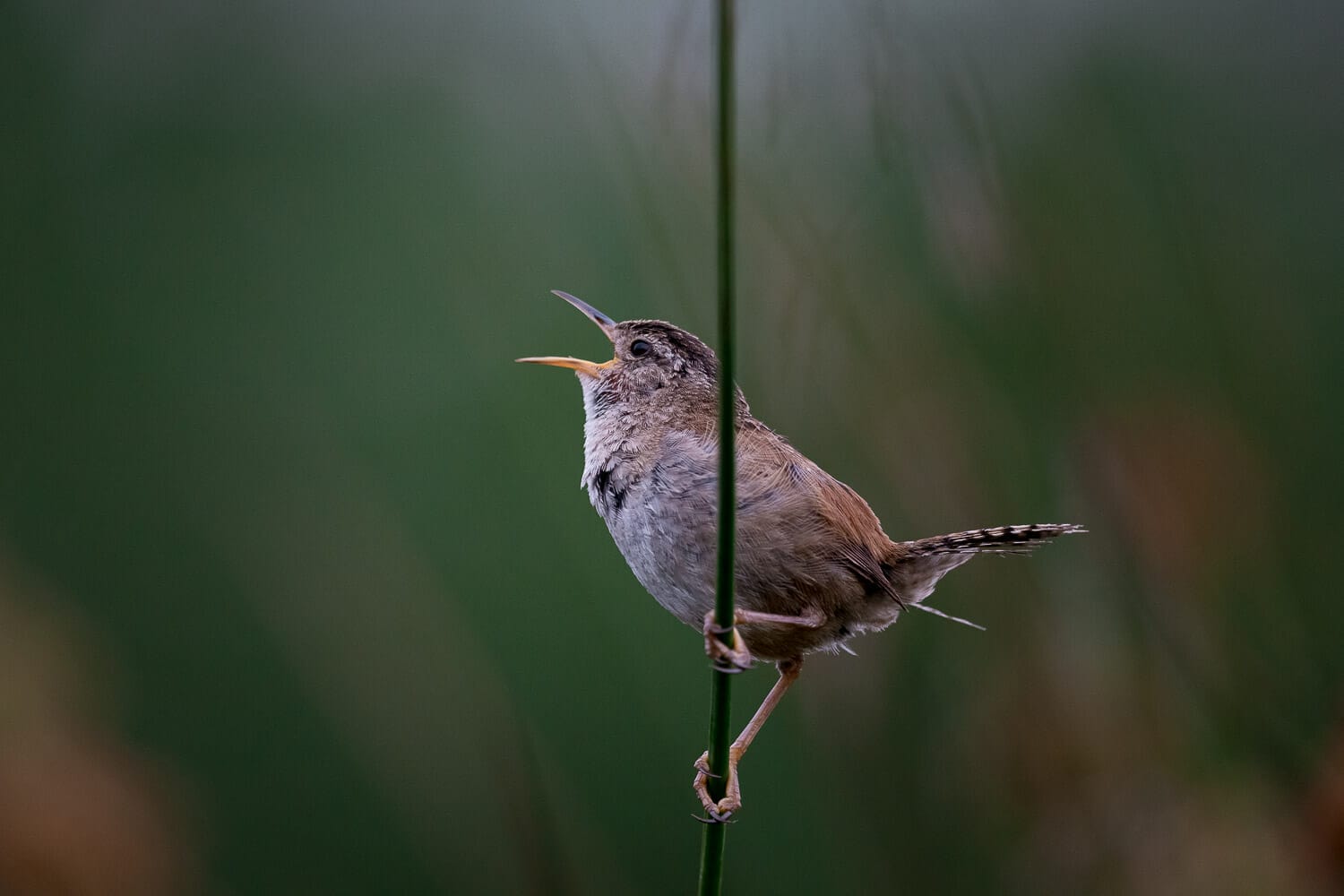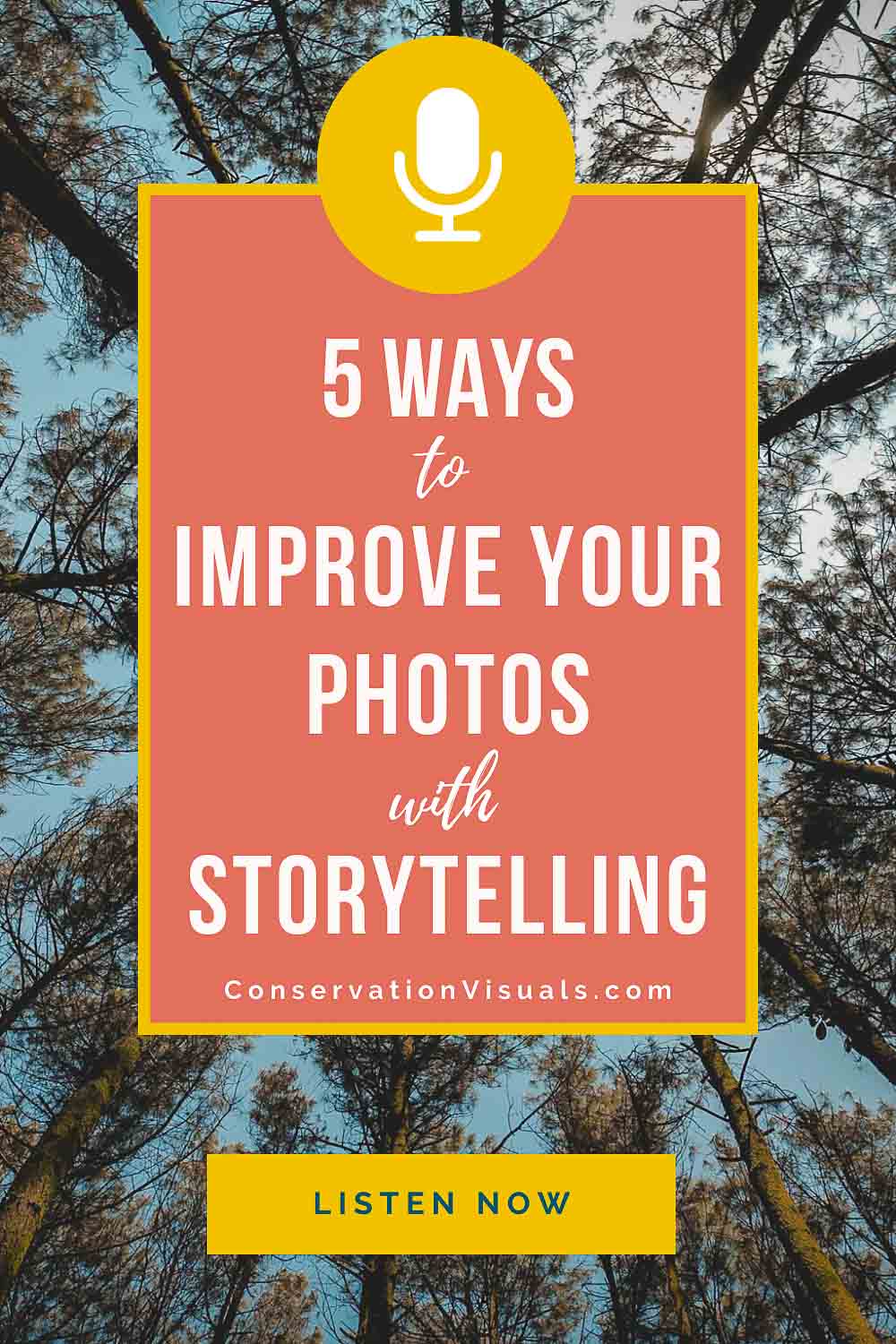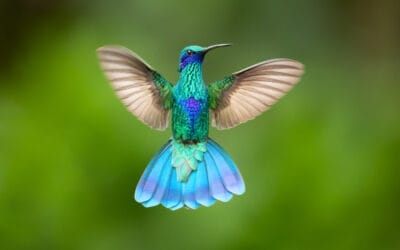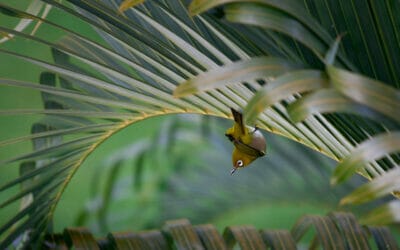You’ve already perfected the easy wildlife portraits. Now it’s time to kick your photos up a notch. Dive in to explore the five crucial elements of photography that can turn simple snapshots into emotionally charged storytelling masterpieces.
How to go from bird-on-a-stick snapshot to a storytelling photograph
Have you ever wondered how you can elevate your photographs from simple snapshots to emotionally charged storytelling images? It’s not as complicated as you might think!
It’s all about incorporating five crucial elements: Behavior, Emotion, Contrast, Context, and Light.
1. Capture Behavior
Behavior can change everything about an image. Even the hint of behavior can shift interest from a static portrait to a dynamic narrative.
For example, a photo of a bear fishing with her cubs tells a story of teaching and survival. It’s not just a bear; it’s a mother bear showing her cubs how to fish. This kind of behavior shot showcases intimate moments and adds depth to your photography.
A fantastic example is the winning image from the 2020 BigPicture Natural World Photography Competition. It shows a hare curled up, covered in snow, just waking up and starting to uncurl.
The subtle behavior of the hare waking up adds a powerful storytelling element, making the viewer feel the harshness and beauty of its environment.
Behavior can transform your photos from “nice picture” to “wow, what a story.” So next time you’re out with your camera, look for those moments of behavior that can tell a deeper story.
2. Evoke Emotion
Emotion is a powerful tool in photography. When you evoke emotion, you connect with viewers on a deeper level. Look for moments that break expectations or reveal something unexpected.
For instance, a group of penguins huddled against the cold, with one peeking out with a curious expression, can bring a smile to the viewer’s face. It creates a connection through surprise and empathy.
Consider the image of a herd of elephants mourning their dead, touching the bones with their trunks. This evokes a strong feeling of sadness and empathy, making the photo much more than just a documentation of wildlife—it becomes a narrative about grief and family bonds.
A poignant example is Amy Vitale’s “The Last Goodbye,” capturing a ranger saying farewell to Sudan, the last male northern white rhino.
The photo tells a story of extinction and the deep bond between the ranger and the animal. Emotion in photography makes your images resonate and stay with the viewer long after they’ve seen it.
3. Provide Context
Context can turn an ordinary photo into a compelling story. Including elements that tell more about the subject’s environment or situation provides a richer narrative.
A portrait of a polar bear is impactful, but a polar bear on a tiny ice floe surrounded by water tells a powerful story about climate change.
Think about a bird nesting in a traffic light. Instead of a close-up of the bird, zoom out to show the urban setting. This context tells a story about wildlife adapting to city life.
A striking example is Joanne MacArthur’s photo of a mother kangaroo with her joey in a burned eucalyptus plantation. The context of the burned forest tells a powerful story about the impact of wildfires on wildlife, transforming a simple portrait into a narrative about survival and resilience.
4. Use Contrast
Contrast can be visual or thematic and can add depth to your photos. Visually, think about a brightly colored frog against a dark leafy background.
The contrast not only makes the frog stand out but also tells a story about its environment. Thematically, a delicate wildflower growing in harsh, rocky terrain can tell a story of resilience and survival.
Contrast invites viewers to think more deeply about the subject and its story. It can be surprising and engaging, making your photos more interesting and thought-provoking.
5. Play with Lighting
Lighting is a powerful storytelling tool in photography. It can dramatically alter the mood and narrative of your image. Soft, foggy morning light can create a sense of mystery and intrigue in a forest scene, while rich golden hour light can evoke warmth and hope.
Think about a barn owl illuminated by moonlight. The cool light emphasizes the owl’s nocturnal nature and adds a layer of mystique to the image. Light becomes a supporting character in your photo, shaping the story and mood.
Consider how different lighting conditions can transform the same scene. A forest in foggy morning light feels mysterious and quiet, while the same forest in golden hour light feels hopeful and vibrant. Using light thoughtfully can elevate your images from simple captures to powerful storytelling tools.
Wrapping It Up
Incorporating these five elements—behavior, emotion, context, contrast, and lighting—can transform your photography.
They take your images from static snapshots to compelling visual stories that engage viewers on a deeper level. As you progress in your conservation photography journey, focus on building portfolios filled with these storytelling images. They not only showcase nature’s beauty but also highlight important narratives and issues.
If you’re ready to take the next step in your storytelling journey, consider my mini-course, “Six Must-Have Shots for a Photo Story.” It provides the foundations for creating storytelling images and walks you through the different types of shots that together create a full photo story.
Remember, even if you lean into just one or two of these elements, you will see a dramatic difference in your photos. So pick up your camera, head outside, and start experimenting with these storytelling techniques. Have fun, and happy shooting!











